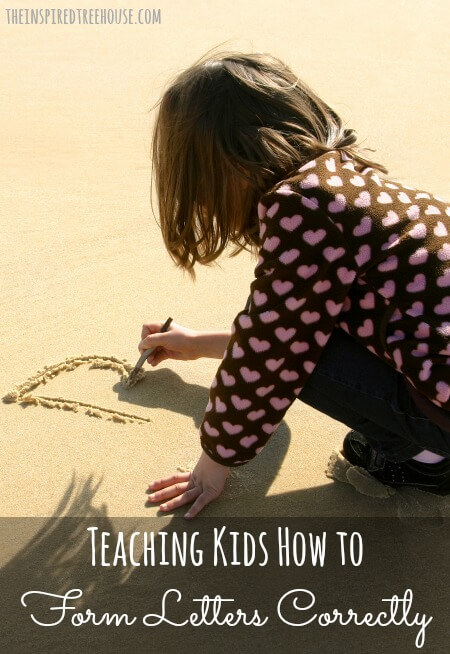Welcome back for another fun week of the summer writing series! This week’s writing practice will focus on letter formation and construction, and we have another great printable writing prompt for your kiddos!

*This post contains affiliate links. Read more.
One of the most common skills that kids tends to suffer over the summer? Handwriting. Kids can have difficulty with many aspects of this important skill, including letter formation, hand strength, maintaining spacing and sizing, and keeping their writing on the lines. In any case, practice makes perfect – and kids just don’t get a lot of practice with handwriting during the summer.
The goal of this project is to encourage kids to keep writing and to have fun while they’re doing it!
Each week, we’ll provide printable writing prompts for kids. Encourage kids to complete the writing activity using the tips that we provide below.
This week, kids will get to write about
a time when you were REALLY angry!
Follow this link to print the writing prompt.
Today, we’re going to turn the focus of our writing practice to letter formation and construction. In my therapy practice, when I work with kids on handwriting, I differentiate between:
-Formation: How the letters look – Are they legible? Are there reversals? Are the marks clear and easy to see on the page?
and
-Construction: How the child produces each letter – Where do they start writing? Do they make the strokes and lines “out of order” or in an inefficient way?
You might be thinking…Give the poor kids a break! Who the heck cares how they make their letters?! But trust me, there’s a method to my madness!
Good letter formation is important so we can actually read what kids are writing. But, if we give a handwriting page or a handwriting book to a preschooler or kindergartner, walk away for a few minutes, and then return to find the whole page completed – nice and neat with pretty rows of perfectly formed letters…we might be missing something.
The child may have completed the entire handwriting page with poor construction – starting letters at the bottom, forming letters from right to left, or even going back and filling in missing parts of letters after the fact.
When kids practice making letters the wrong way over weeks and months, they form bad writing habits that are very hard to break. And while they might be able to get by for a little while in preschool and kindergarten, the smooth sailing doesn’t usually last.
As kids move into first grade and beyond, handwriting expectations in the classroom get more and more intense. Suddenly, we’re not talking about handwriting pages anymore…we’re talking about journals, paragraphs, and taking notes as the teacher is speaking. What happens when kids have poor habits related to letter construction? They simply can’t keep up. There is a reason we teach kids to form their uppercase letters from the top down and that there is a specific approach to making each letter…and the reason is – it’s faster!
My point? Poor construction equals slow, inefficient writing. Whew! Okay, let me step down from my little handwriting soapbox :) If you’re still with me, I’ll give you some fun ideas for practicing letter construction and formation with your kiddos, because the only option for keeping kids engaged and interested in handwriting is to make it fun!
-Apps that provide auditory/visual feedback as kids trace and form letters. My favorites are iWriteWords and Little Writer because they have fun pictures, fun sounds, and they require kids to restart the letter if they’re not forming it the right way!
-When practicing writing or tracing with kids, draw “starting points” for each letter with a crayon or marker, or place a small sticker to indicate where the child should start the letter.
-During writing and tracing practice, sit with the child and verbalize what they are doing as they form each letter using the same consistent terms each time. I use some of the terminology from the Handwriting Without Tears program – big line, little line, big curve, little curve, and slide (diagonal line) for the strokes of each letter. As the child makes the strokes, I narrate what they’re doing (e.g. for letter H – “Big line down, big line down, little line over.”)
-Use a hands-on approach, allowing children to build letters using Wikki Stix, wooden pieces, or this cool play dough kit from Handwriting Without Tears. Check out this fun letter formation activity from Lemon Lime Adventures!
-Appeal to the tactile system by having kids trace letters cut out of sandpaper or other textured craft paper. Or trace over learning materials with puffy paint or a hot glue gun to make them more touch-friendly!
-Check out these great Multisensory Writing Activities from Mama OT

Sign up to receive our newsletter, a weekly roundup of our favorite posts and other great finds from around the web delivered right to your inbox!
Latest posts by Claire Heffron (see all)
- Cute Zipper Bags for Therapists - April 18, 2024
- Fairy Tale Games and Toys - April 12, 2024
- The Best Emotional Regulation Books for Kids - April 8, 2024
